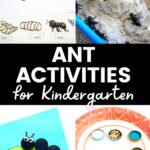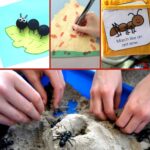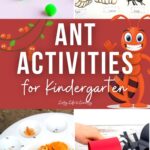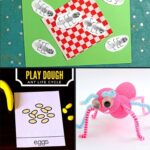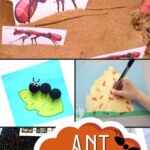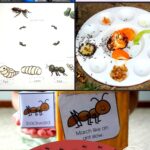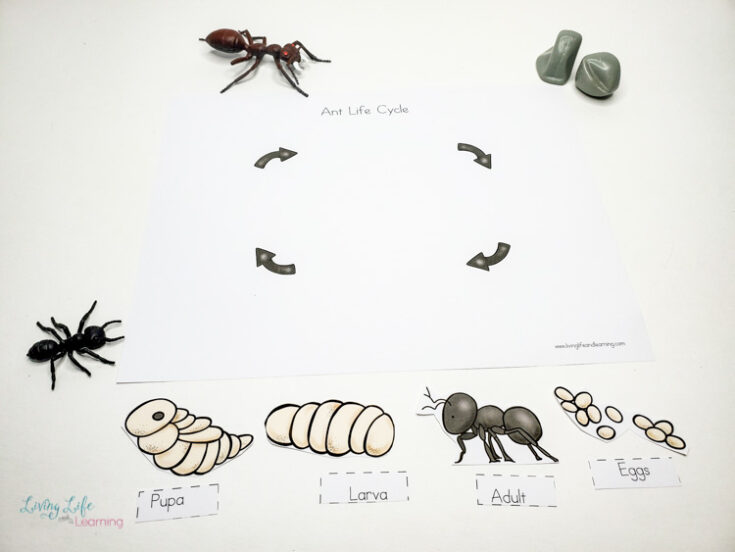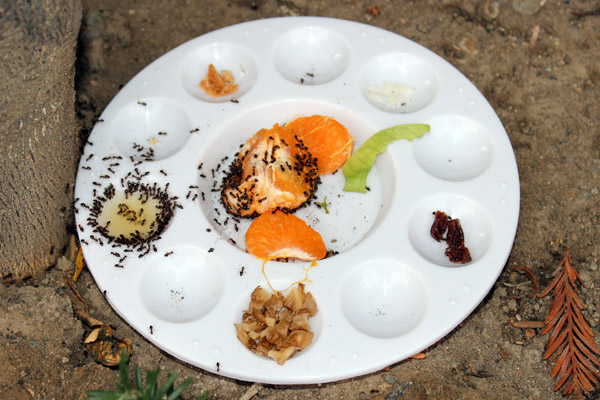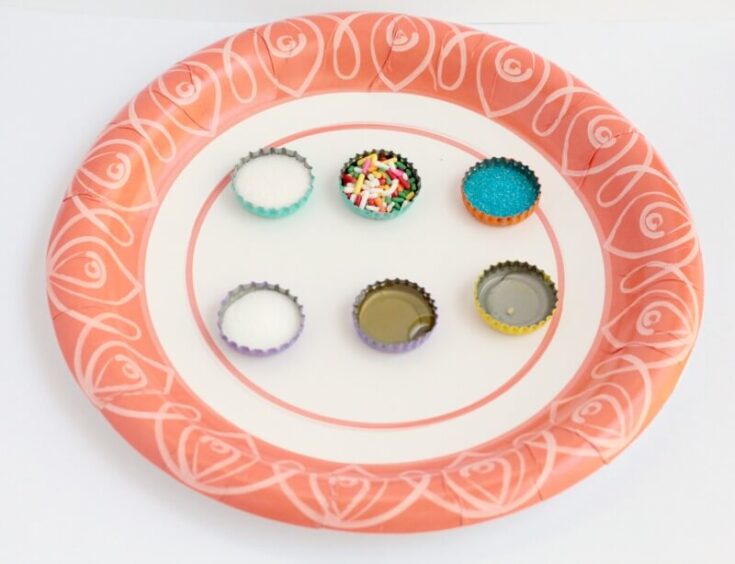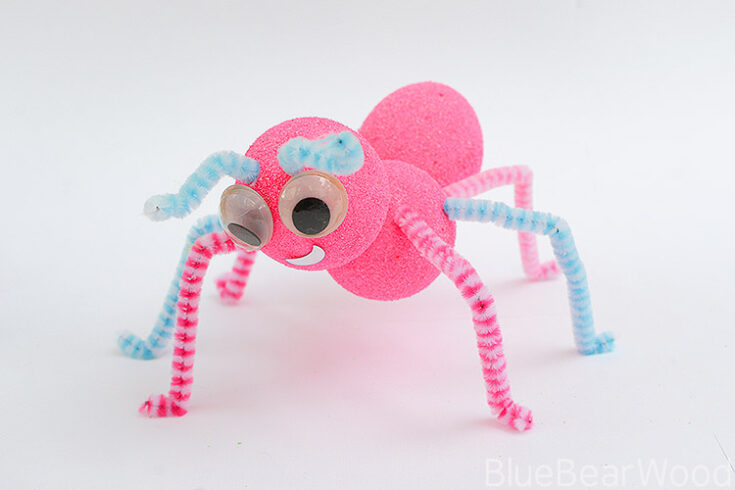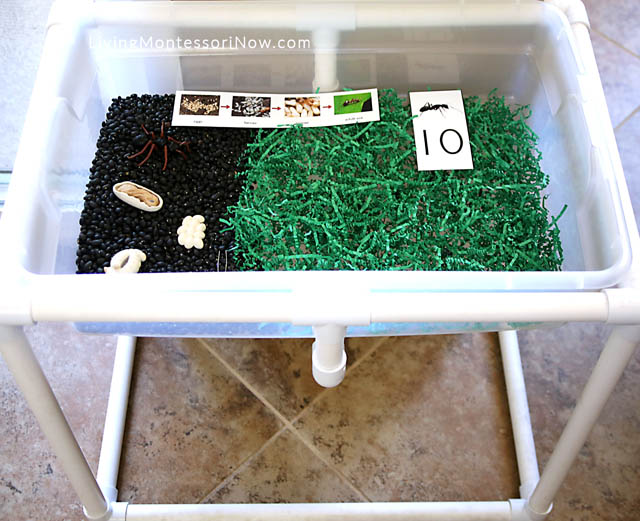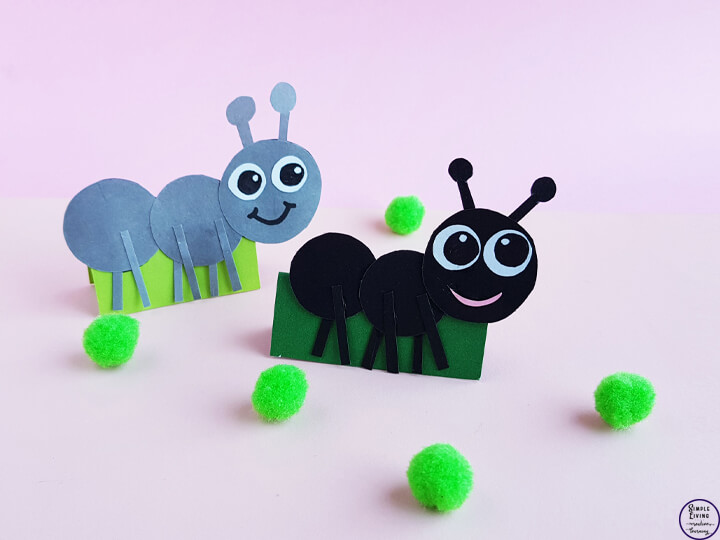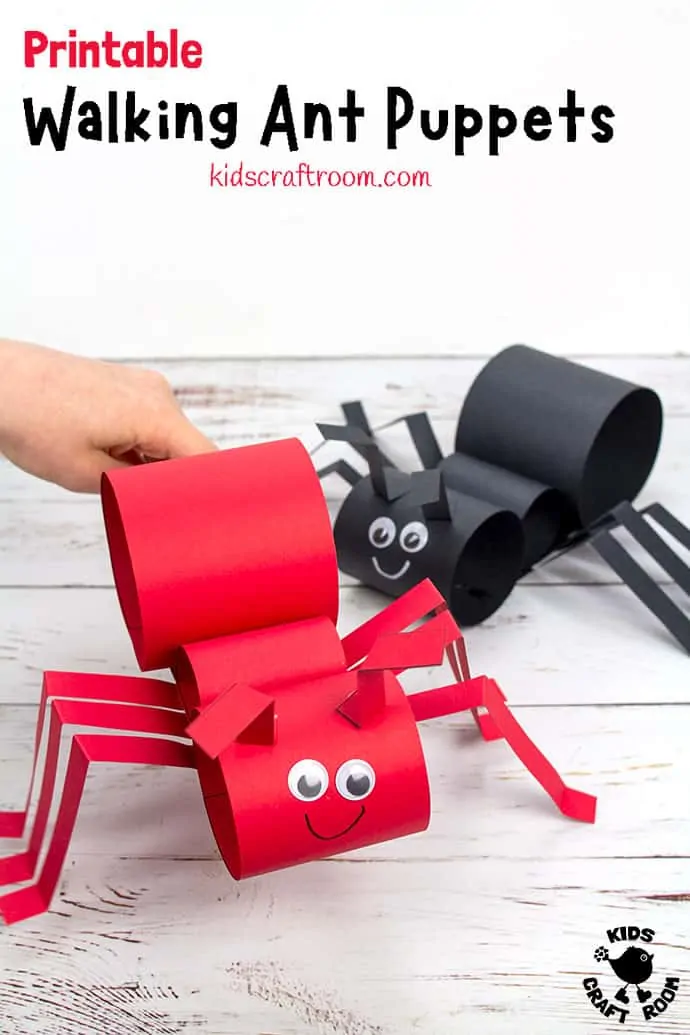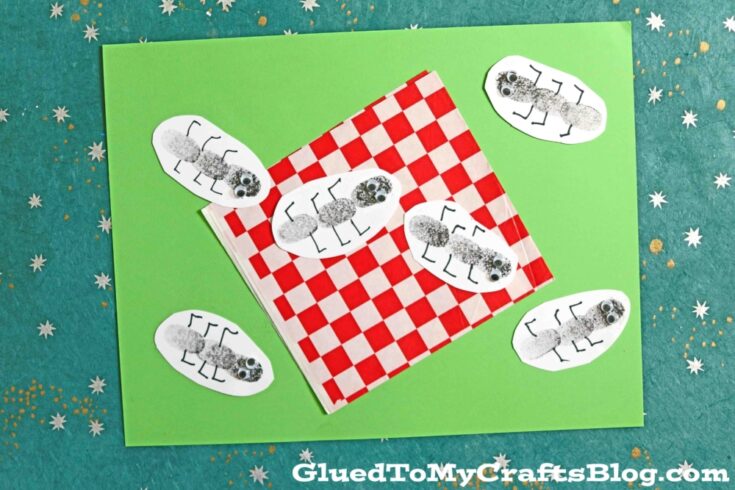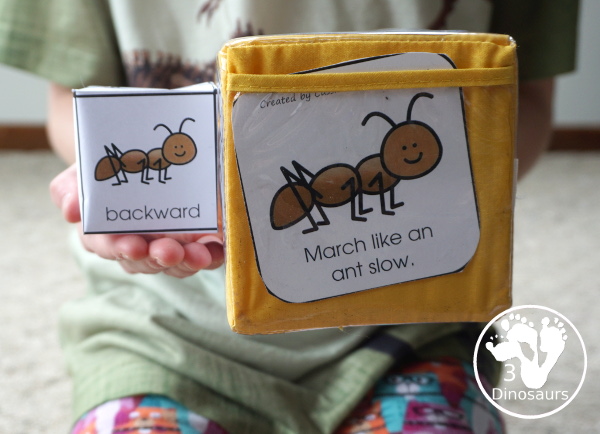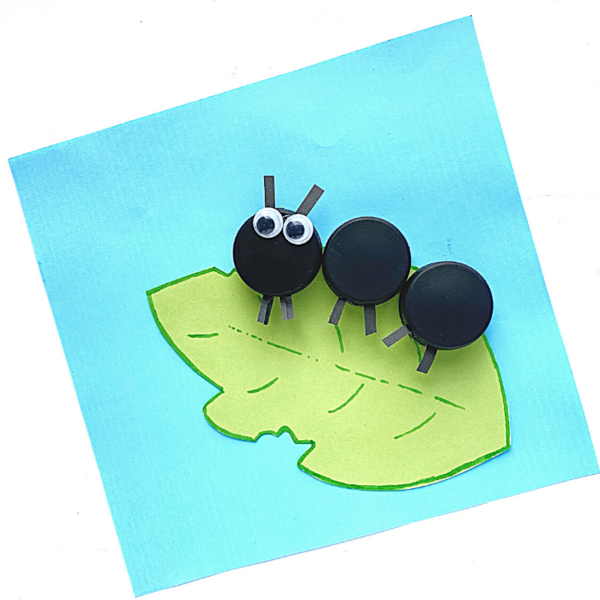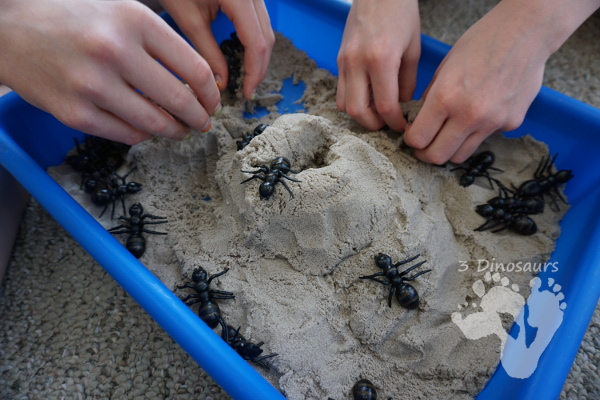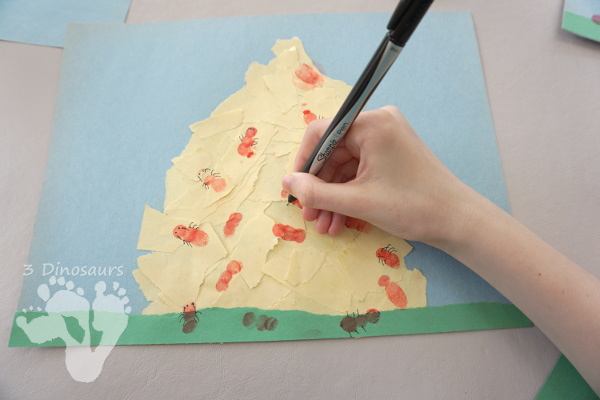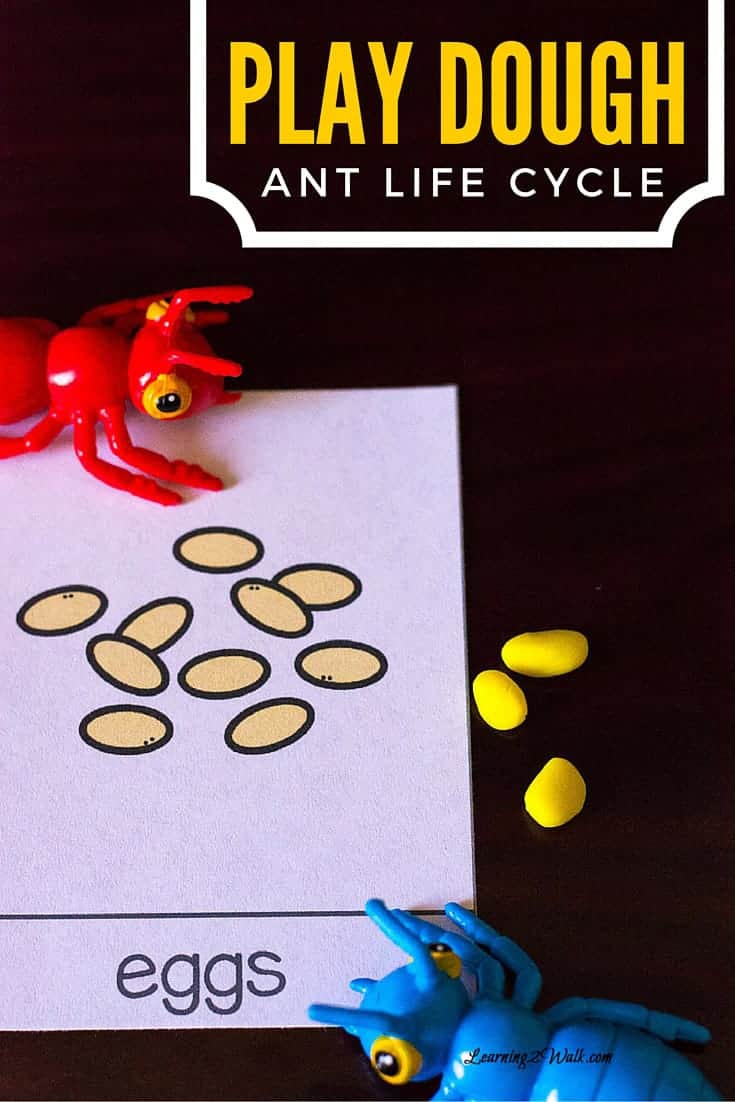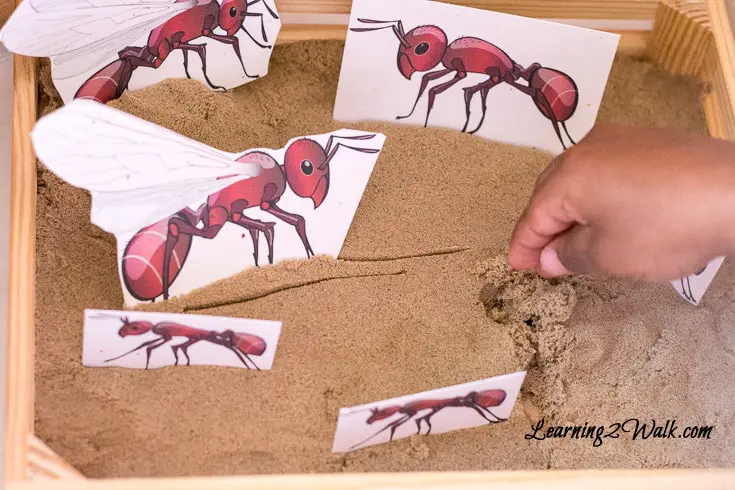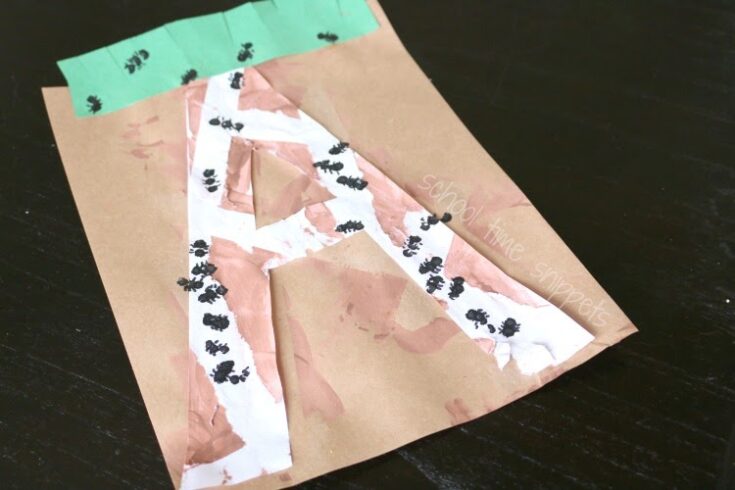Ant Activities for Kindergarten
Ants are fascinating creatures that can teach us a lot about the environment and how they interact with it. That is why teaching kids about ants is a great way to introduce them to basic concepts in biology and ecology.
Take a look at my list of some fun ant activities for kindergarten below that will help them foster interest in science while learning some fascinating facts about ants.
Whether it’s an ant sensory bin or a cute ant craft, these activities provide hands-on learning experiences that will be sure to excite your little one! With these activities available at home, you may just find yourself surrounded by curious entomologists in no time!
If you love these activities, check out my bigger list of Ant Activities for Kids.
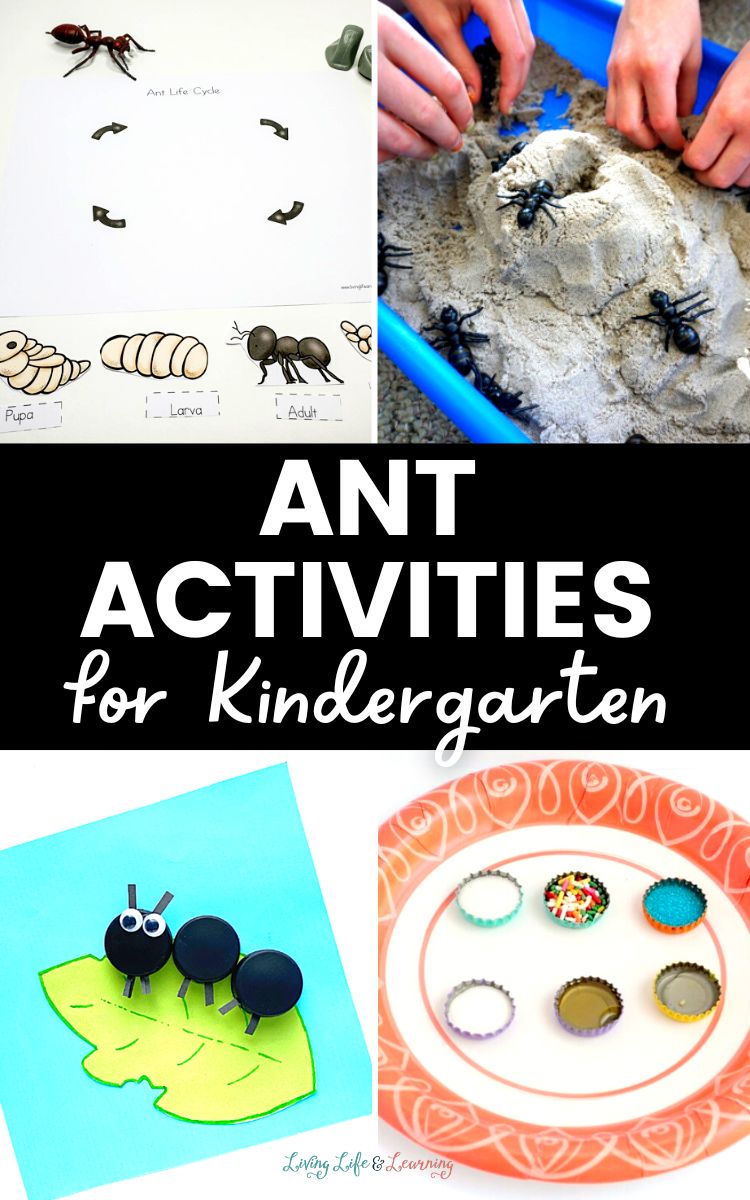
This post may contain affiliate links meaning I get commissions for purchases made through links in this post. Read my disclosure policy here.
Interesting Facts About Ants
Teaching your kindergartner about ants can be fun and educational! And before we try some fun and engaging ant activities for kindergarten, take a look at these fun facts about ants first that you can use to help teach your kindergartner all about them.
- Ants have been on Earth for over 100 million years! They are one of the oldest living species and the oldest fossils of ants date to the mid-Cretaceous.
- Some ants can lift objects up to 50 times their own body weight! This is an amazing skill that even grown adults cannot do!
- Ants have three main body parts – the head, thorax, and abdomen.
- Ants do not have lungs. They breathe through tiny holes on their abdomen called spiracles.
- There are more than 12,000 species of ants in the world! That means there’s a lot to learn about these tiny creatures.
- Ants don’t have ears but they can still feel vibrations through their feet and antennae which act like ears!
- Worker ants make up most of an ant colony and they spend most of their time looking for food or defending the colony from outside threats.
- Some ant colonies can be as large as 500,000 members! That’s a lot of ants working together to build a home and keep it safe from predators.
- Fire ants get their name because when disturbed, they release an acidic chemical which causes a burning sensation on human skin (ouch!).
- Some species of ants use pheromones as a way to communicate with each other and give out orders within the colony! Pheromones are chemicals released by insects that other insects in the same species can detect through smell and taste buds on their antennae.
Recommended Ant Books for Kids
Enjoy an engaging ant story or book filled with ants facts from this list and learn more about the ant life cycle, habitat and more!
Little Ant and the Dragonfly (Little Ant Books)Do Ants Wear Pants?: A Children’s Rhyming Book (Rhyme Time)Are You an Ant? (Backyard Books)Anthill (Happy Fox Books) One-of-a-Kind Board Book Teaches Kids Ages 2–5 about AntsThe Life and Times of the AntAnts for Kids: A Junior Scientist’s Guide to Queens, Drones, and the Hidden World of Ants
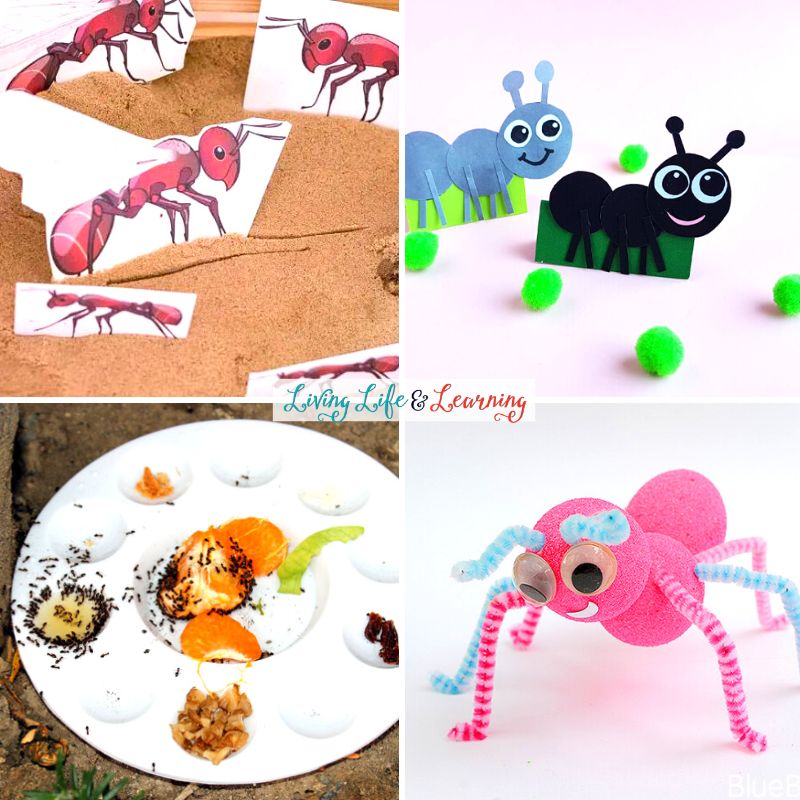
Recommended Ant Craft Kits for Kids
Grab this fun ant life cycle kit for your homeschool ant life cycle lesson. It’ll make your lesson fun and exciting.
You’ll love this ant learning tray! I am sure learning about ants will be memorable with this!
Ant Activities for Kindergarten
Check out these great ant-themed activities that you can try with your curious kindergarteners!
Find out how interesting the life of an ant is with these ant life cycle worksheets.
Try this experiment with your kindergartener and find out what kind of food ants like to eat.
We know that ants like sweets but what sweetener do they prefer? Try this experiment and find out.
Amazing and super cute craft that you can use in teaching about ant colonies.
This one is a combination of fine motor activity, scavenger hunt, and counting.
Super simple ant craft using colored paper. They're fun and exciting to do!
Have a fun playtime with these walking ant puppets while discussing all about ants!
Make this awesome and unique craft with your kids using their thumbprints.
Have your kids get on their feet with this ant-themed motor dice. They'll surely have fun!
Check this simple ant craft using bottle caps. A great way to teach kids about ants and recycling, too.
Playing kinetic sand just got a new twist with this ant sensory play. It's fun watching kids make their own pretend ant colonies.
A fun craft using torn papers to build the ant hills and your kid's thumbprint to make the ants.
Teach the ant life cycle with these playdough mats. They're fun and ready-made.
This activity is perfect for teaching kids about the roles of the different types of ants. It's super simple yet very informative.
A cute craft for preschoolers that teaches them about the letter A and what an ant or anthill looks like.
Teaching your kindergartener about ants is a great way to spark curiosity, inspire wonderment, and promote interest in science topics—all while having fun learning something new together! Now go forth little scientist—and explore the world of these amazing critters we call ants!
More Ant Activities
Ant Life Cycle Multiplication Cards
Fine Motor Activities: Ant Farm by The Inspired Treehouse
More Insect Activities for Kids
If you enjoyed these ant activities, then you’ll want to try one of these insect activities to discover more amazing creatures.
Butterfly Life Cycle with Pasta
Torn Paper Ant Hills With Fingerprint Ants by 3 Dinosaurs
Bee Themed Letter Matching Games by Homeschool Preschool

